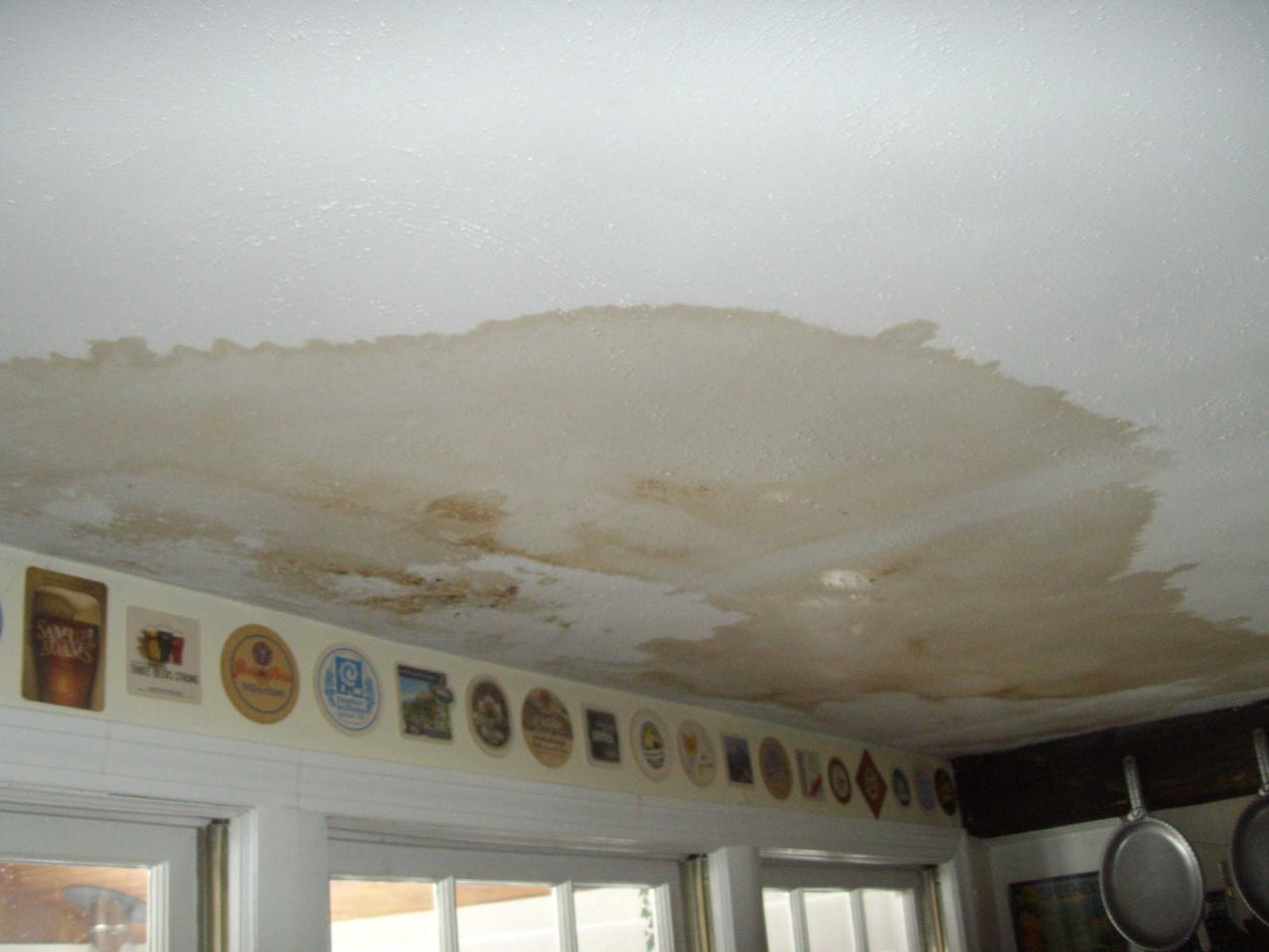Do's & Don'ts of Water Restoration.
Do's & Don'ts of Water Restoration.
Blog Article
We've found this article pertaining to What You Can Do At Home To Prevent Fire And Water Damage listed below on the net and decided it made good sense to discuss it with you on this site.

Water offers life, but water invasion on some components where it's not intended to be can result in damage as well as aggravation. It can peel off away the surface area and erode the material's foundation if the water leaks into your structure. Mold as well as mildew likewise prosper in a wet setting, which can be unsafe for your and your family's health. In addition, homes with water damage smell old and musty.
Water can come from many resources like typhoons, floodings, ruptured pipelines, leakages, and sewage system concerns. It's far better to have a working understanding of security preventative measures if you have water damages. Here are a couple of guidelines on how to take care of water damages.
Do Prioritize Residence Insurance Policy Insurance Coverage
Seasonal water damages can come from floods, seasonal rainfalls, and wind. There is also an occurrence of an abrupt flood, whether it came from a damaged pipeline that all of a sudden bursts right into your home. To shield your house, obtain house insurance that covers both disasters such as natural tragedies, as well as emergencies like busted plumbing.
Don't Neglect to Shut Off Energies
When catastrophe strikes and also you're in a flood-prone location, shut off the major electrical circuit. Switching off the power avoids
When water comes in as water serves as a conductor, electric shocks. Don't fail to remember to turn off the primary water line shutoff as a way to stop even more damage.
Keep your furniture secure as they can move about and also cause extra damages if the floodwaters are getting high.
Do Remain Proactive and also Heed Weather Notifies
If you live in an area pestered by floodings, stay proactive as well as prepared at all times. Listen to the information as well as emptying warnings if you live near a body of water like a river, lake, or creek .
Don't Neglect the Roofing System
Your contractor ought to take treatment of the defective seamless gutters or any type of other indications of damages or weakening. An evaluation will certainly prevent water from streaming down your wall surfaces and saturating your ceiling.
Do Take Note Of Tiny Leaks
There are red flags that can attract your attention and indicate to you some weakened pipes in your residence. Indicators of red flags in your pipelines consist of gurgling paint, peeling off wallpaper, water streaks, water stains, or dripping sounds behind the walls. Repair work as well as check your plumbing fixed prior to it results in substantial damages to your residence, funds, and also an individual problem.
Do Not Panic in Case of a Ruptured Pipeline
Timing is vital when it comes to water damage. If a pipeline bursts in your house, immediately closed off your main water valve to reduce off the source and also avoid even more damage. Call a credible water damage repair specialist for help.
Water gives life, however water breach on some parts where it's not meant to be can result in damages and hassle. In addition, residences with water damages scent old and also moldy.
Seasonal water damage can come from floods, seasonal rainfalls, and wind. Indicators of red flags in your pipes consist of gurgling paint, peeling wallpaper, water touches, water spots, or dripping noises behind the walls. If a pipeline bursts in your house, instantly closed off your primary water shutoff to reduce off the source as well as stop even more damage.
Water Damage Do's and Don'ts
Do's
Always use rubber gloves to protect your hands & rubber boots to protect your feet and legs. Damage from water and bacteria growth can begin within hours. Call for professional help. Remove as much water as possible by mopping and blotting with sponges. Pull up wet rugs and carpets if hardwood floors are below. Lift draperies off the floor, loop through a coat hanger and place the hanger on the drapery rod. Wipe furniture, prop up wet furniture cushions for even drying and place aluminum foil under furniture legs. Move photos, paintings, art objects, computers, other electronics and valuables to a safe, dry location. Do not remove books from shelves. Pack them tightly to prevent page warping until a restoration professional can begin this specialized drying. Ventilate wet areas. Turn on air conditioning for faster drying in summer (only if there is no visible mold) and winter, alternate cycles of opened windows and heating. Also, open drawers, closets and cabinet doors to enhance drying. Don'ts
Do not enter rooms where there is wet and sagging ceiling! Do not enter a room with standing water until electricity has been turned off. Do not use a regular household vacuum to remove water. Use heat to dry closed building interiors. Mildew and more moisture damage can occur. Do not use electrical appliances while on wet carpet or flooring. Do not disturb visible mold. https://www.myknowledgebroker.com/blog/personal-insurance/water-damage-dos-and-donts/

I ran across that review on 5 Home Safety Tips To Reduce The Risk Of Fire And Water Damage while exploring the internet. For those who enjoyed our post if you please do not forget to pass it around. Many thanks for going through it.
Report this page